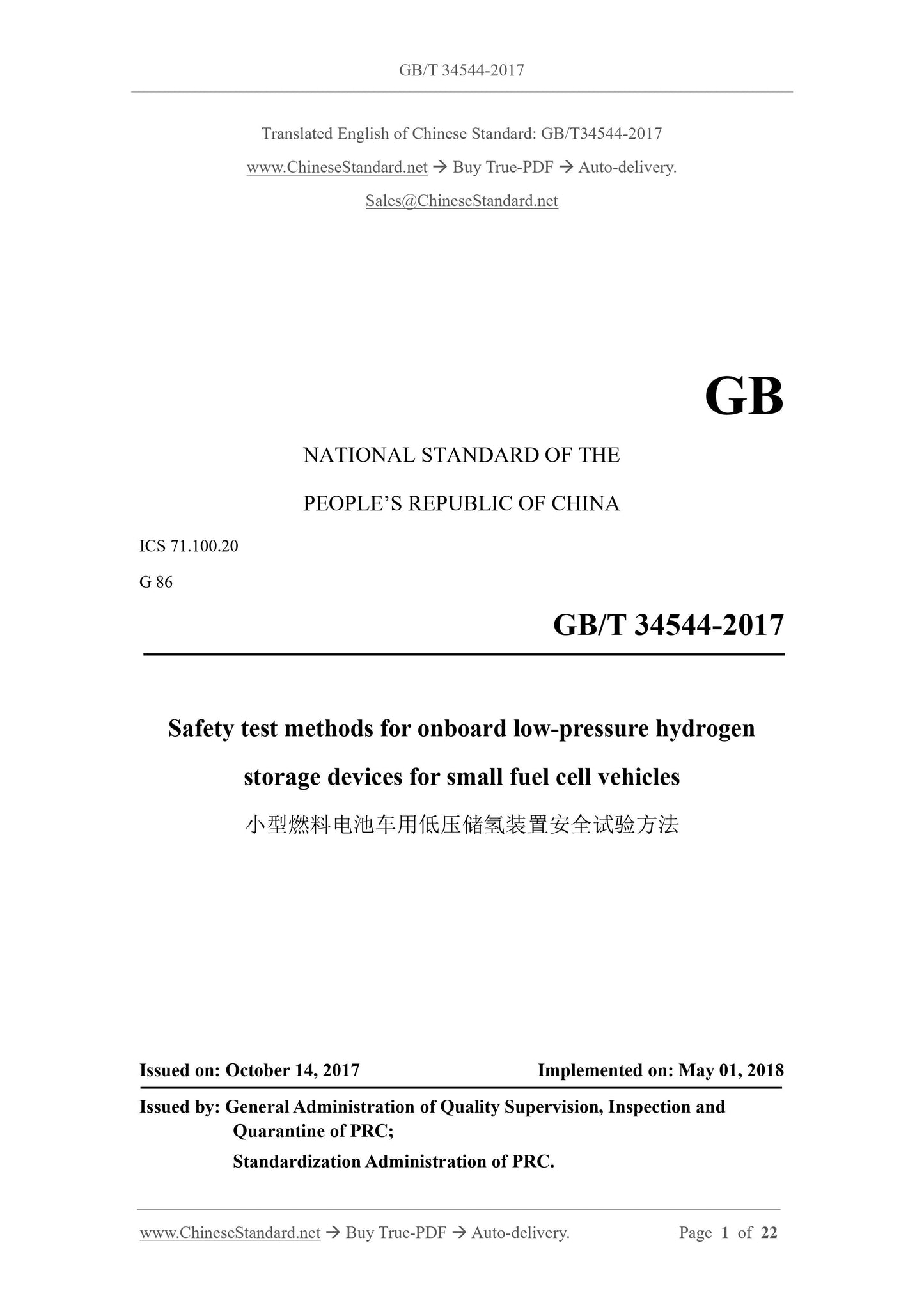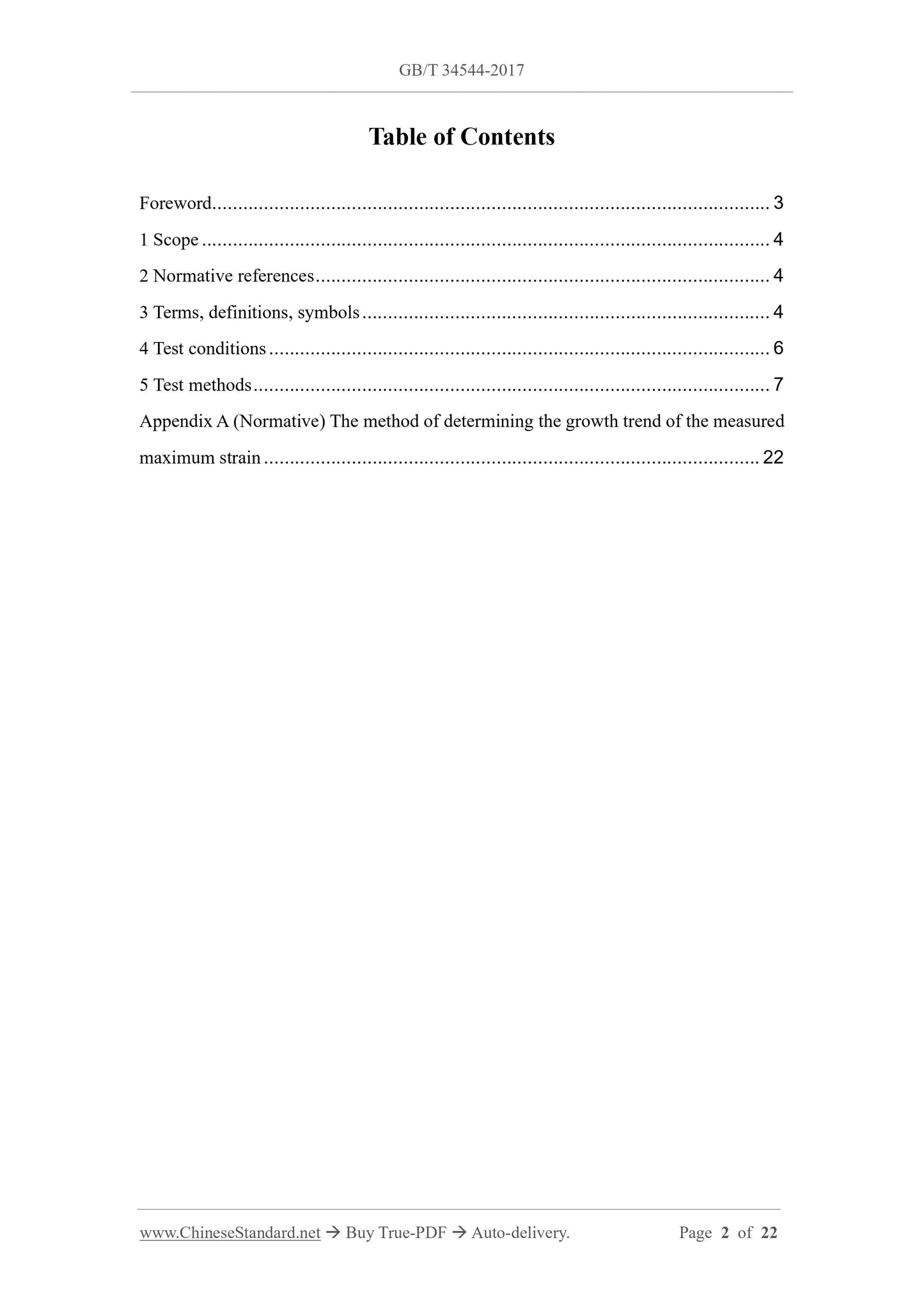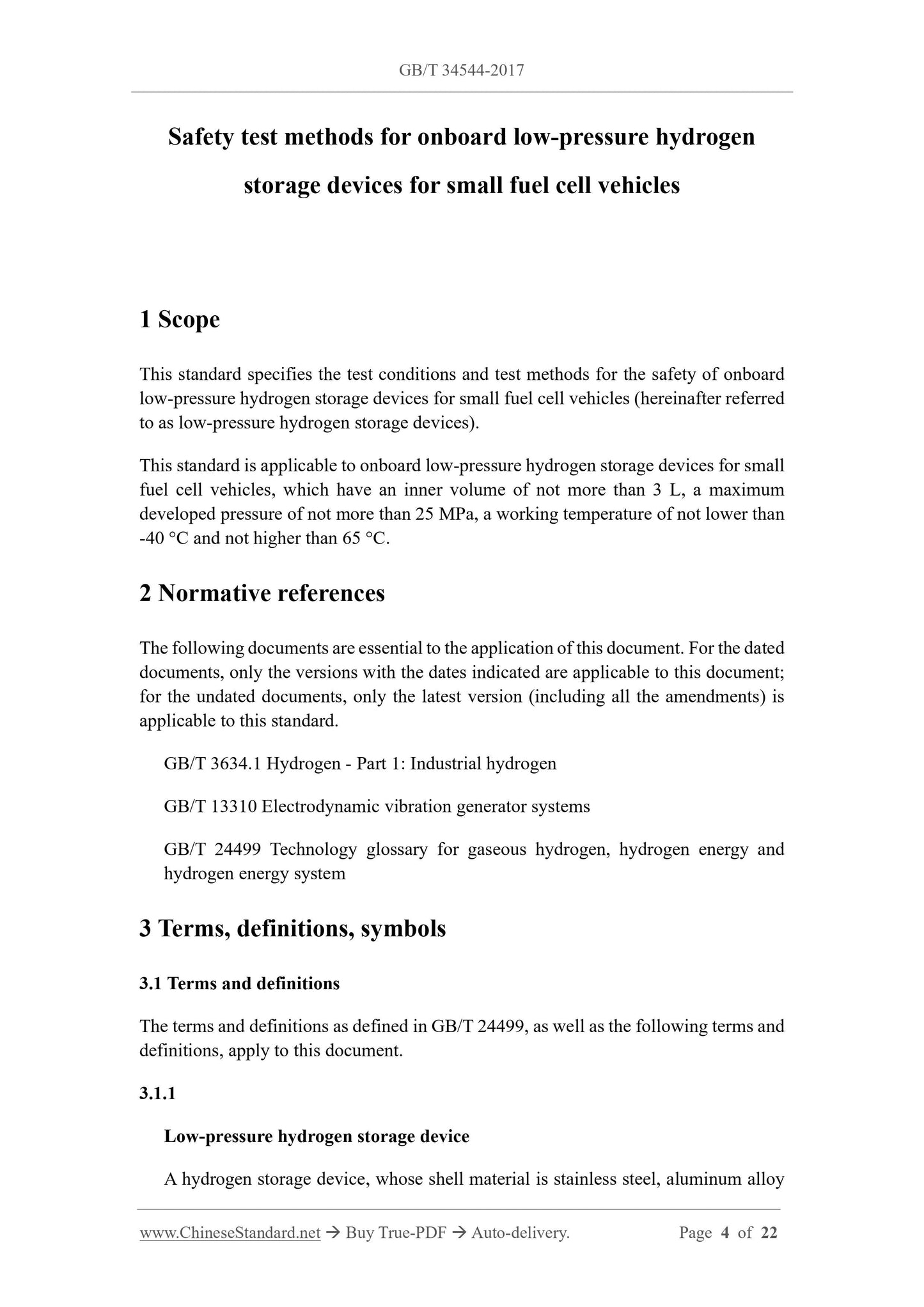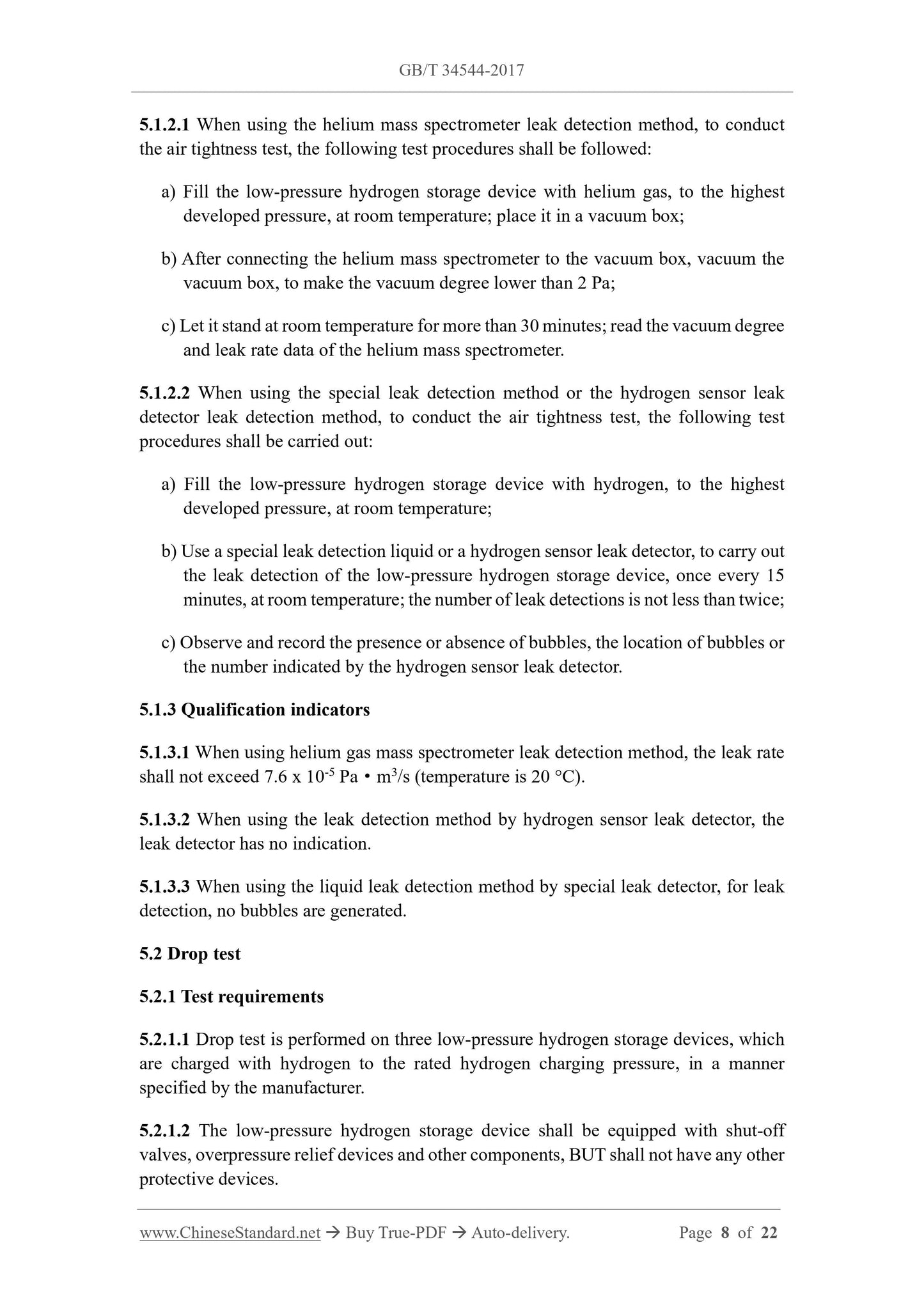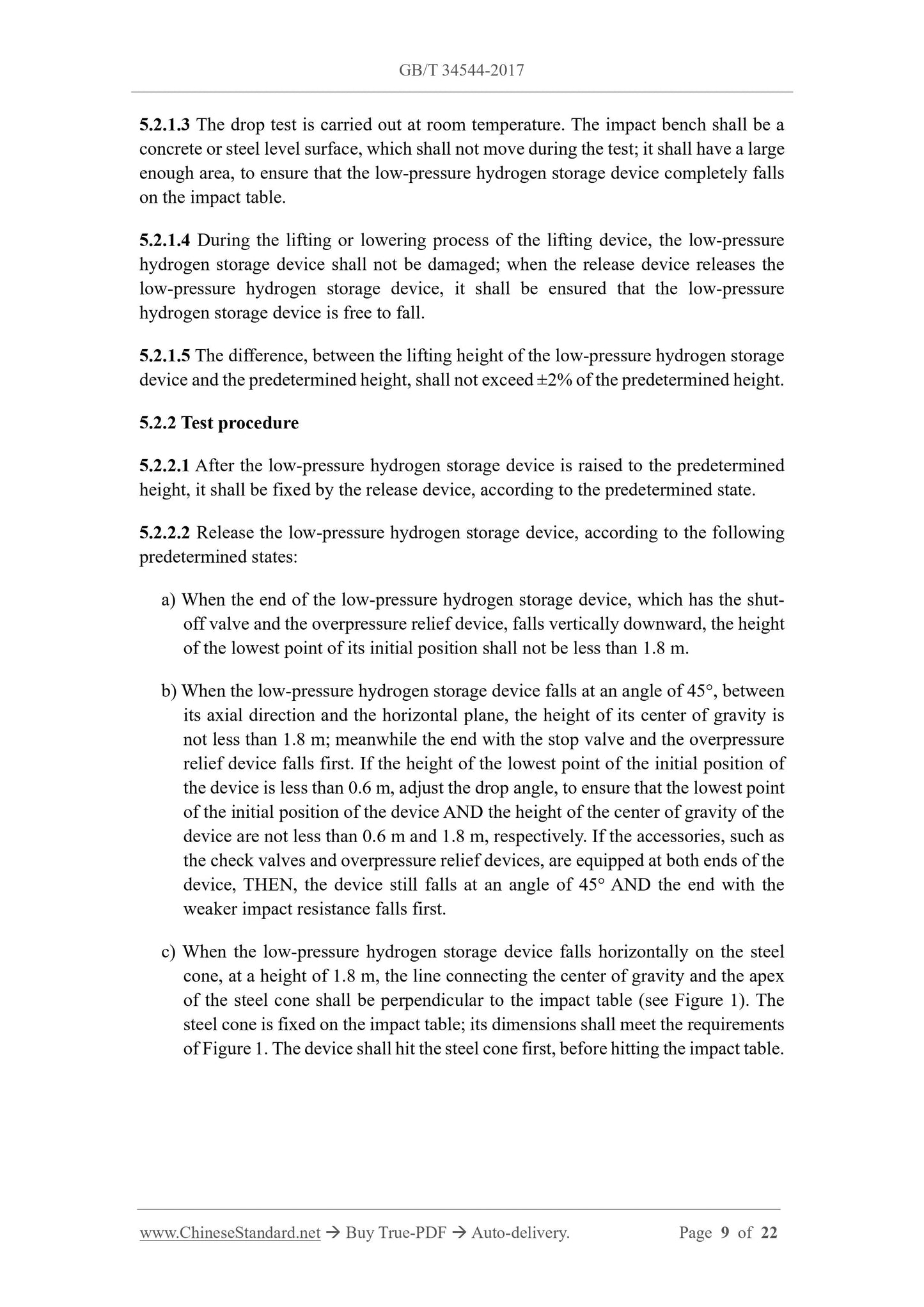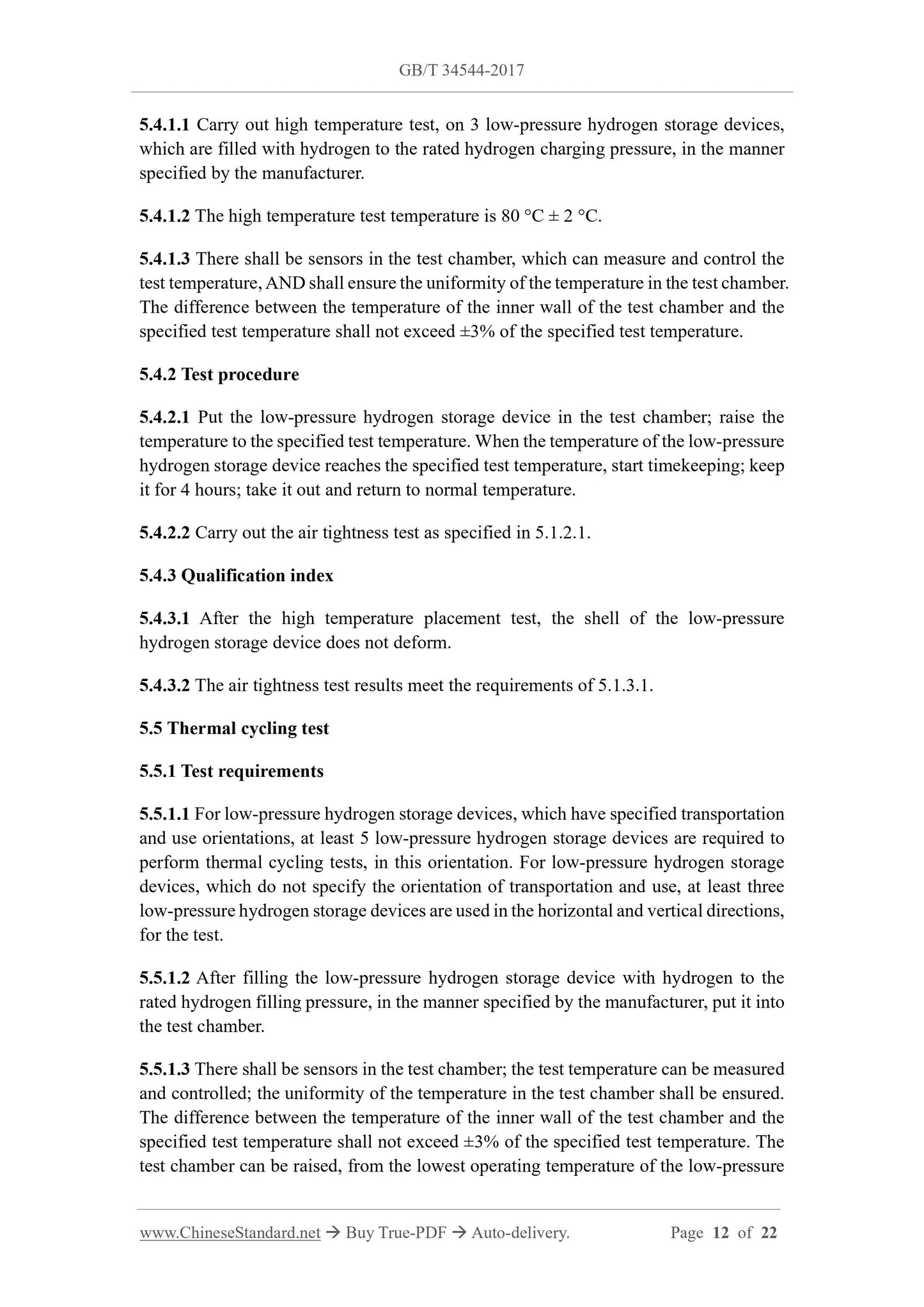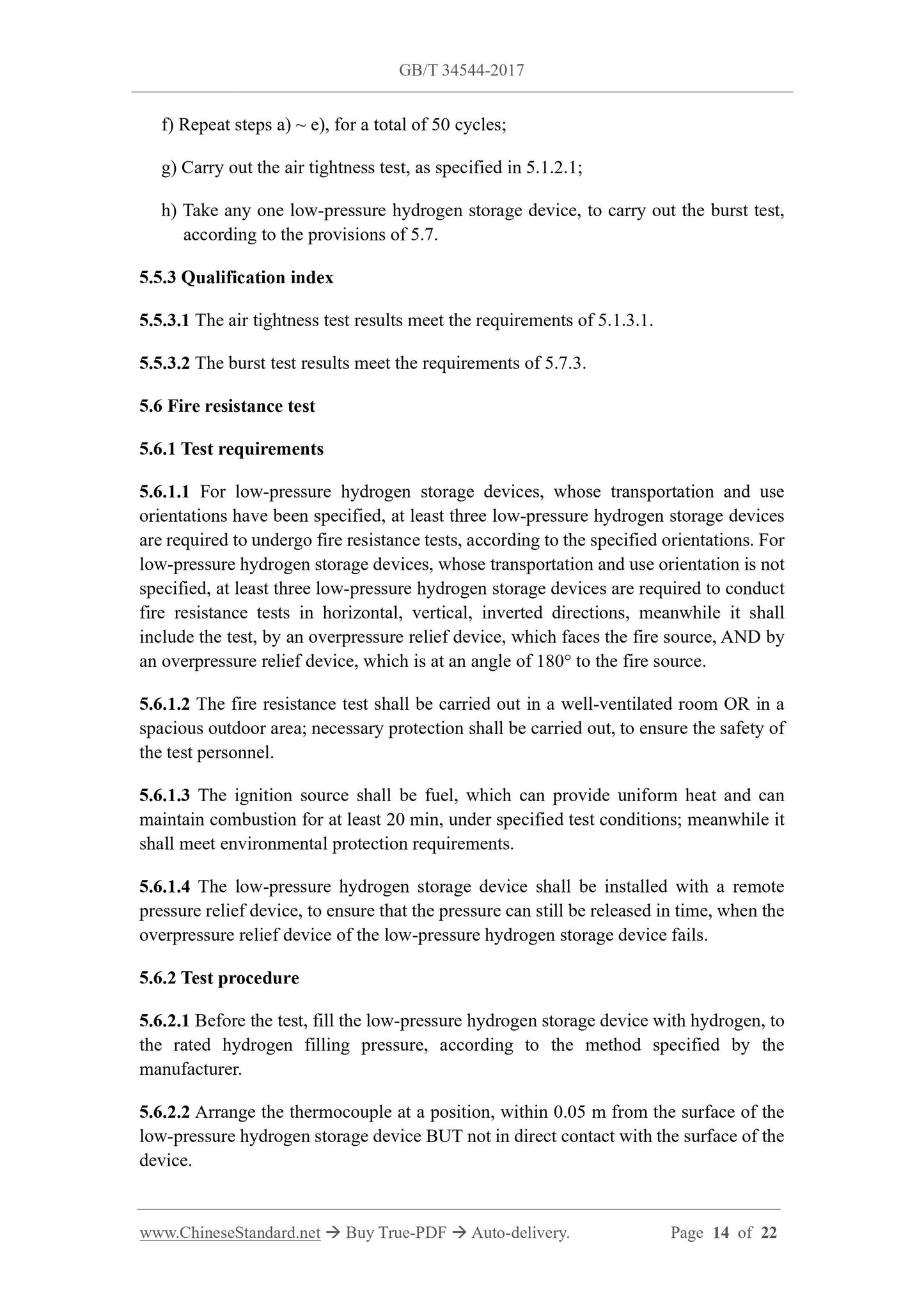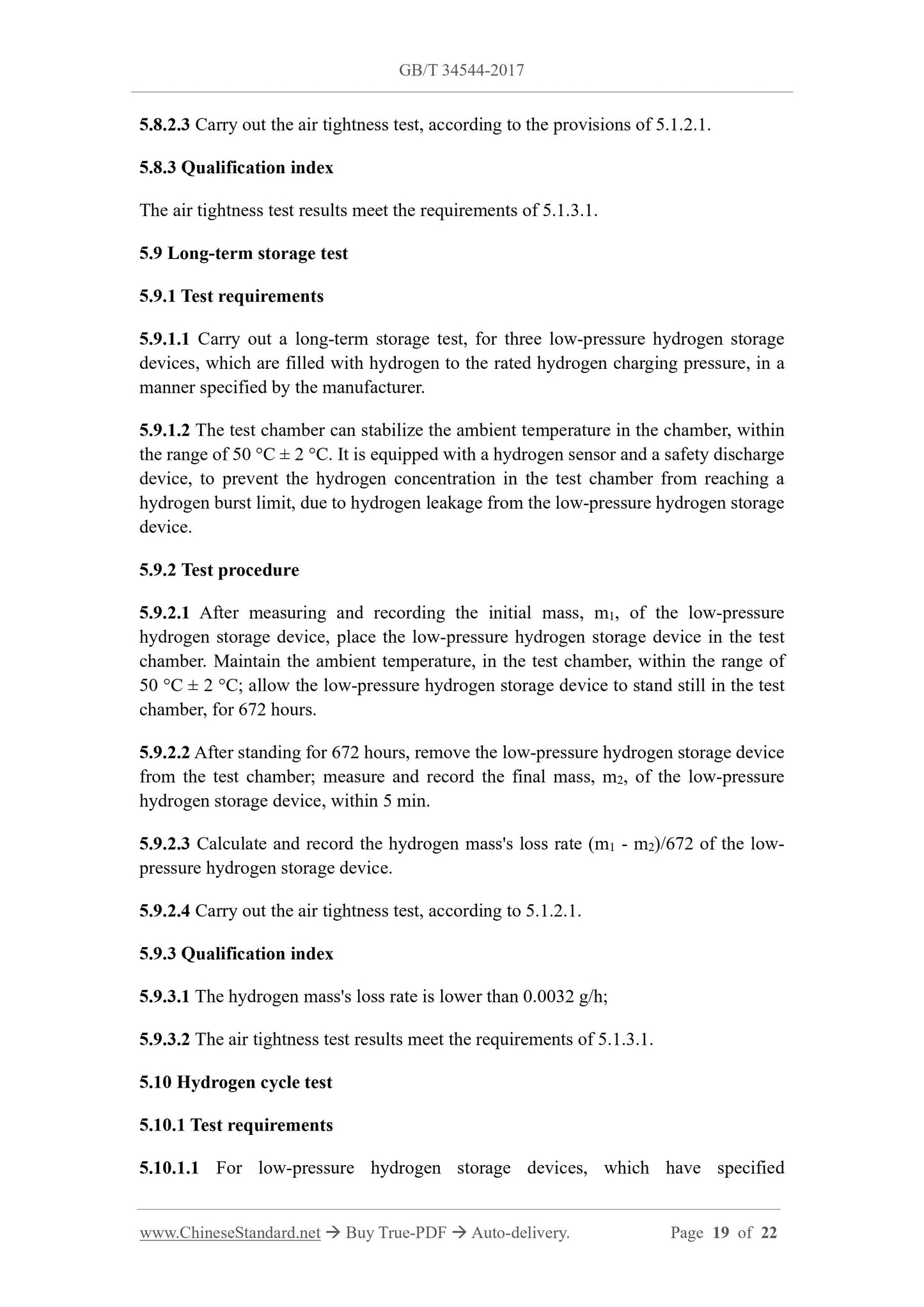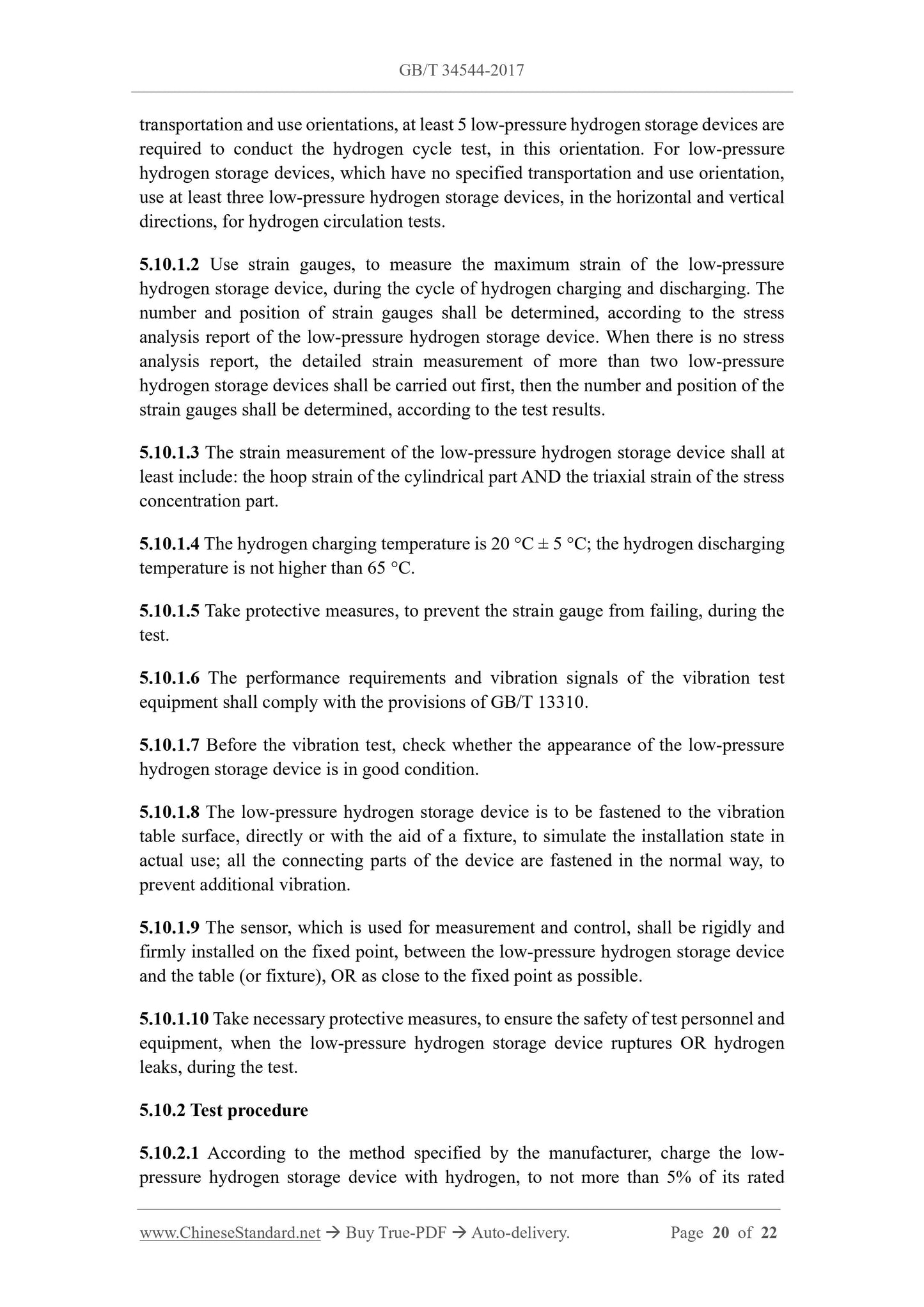1
/
of
9
www.ChineseStandard.us -- Field Test Asia Pte. Ltd.
GB/T 34544-2017 English PDF (GB/T34544-2017)
GB/T 34544-2017 English PDF (GB/T34544-2017)
Regular price
$255.00
Regular price
Sale price
$255.00
Unit price
/
per
Shipping calculated at checkout.
Couldn't load pickup availability
GB/T 34544-2017: Safety test methods for onboard low pressure hydrogen storage devices for small fuel cell vehicles
Delivery: 9 seconds. Download (and Email) true-PDF + Invoice.Get Quotation: Click GB/T 34544-2017 (Self-service in 1-minute)
Newer / historical versions: GB/T 34544-2017
Preview True-PDF
Scope
This standard specifies the test conditions and test methods for the safety of onboardlow-pressure hydrogen storage devices for small fuel cell vehicles (hereinafter referred
to as low-pressure hydrogen storage devices).
This standard is applicable to onboard low-pressure hydrogen storage devices for small
fuel cell vehicles, which have an inner volume of not more than 3 L, a maximum
developed pressure of not more than 25 MPa, a working temperature of not lower than
-40 °C and not higher than 65 °C.
Basic Data
| Standard ID | GB/T 34544-2017 (GB/T34544-2017) |
| Description (Translated English) | Safety test methods for onboard low pressure hydrogen storage devices for small fuel cell vehicles |
| Sector / Industry | National Standard (Recommended) |
| Classification of Chinese Standard | G86 |
| Classification of International Standard | 71.100.20 |
| Word Count Estimation | 18,131 |
| Date of Issue | 2017-10-14 |
| Date of Implementation | 2018-05-01 |
| Issuing agency(ies) | General Administration of Quality Supervision, Inspection and Quarantine of the People's Republic of China, Standardization Administration of the People's Republic of China |
Share
